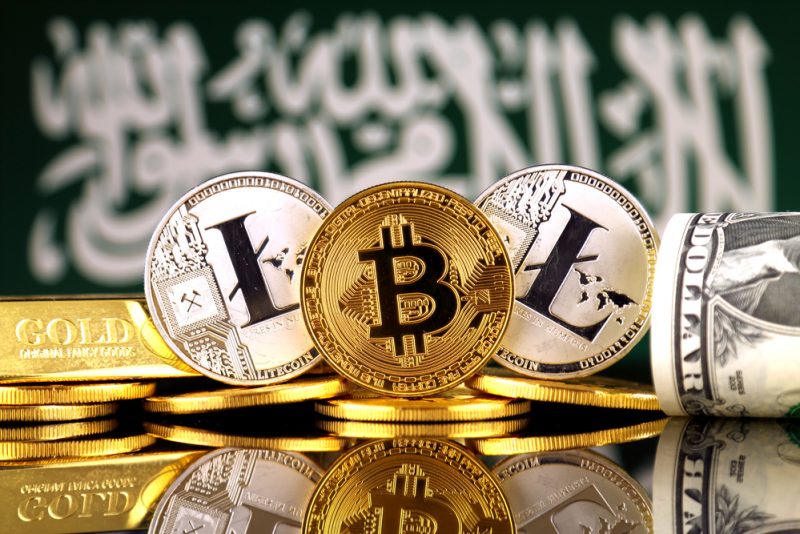A clampdown by the United States Securities and Exchange Commission as well as other regulatory agencies examining crypto’s malicious activity is proving beneficial to the industry, with traders and investors saying they’re more likely to make investments in the sector as a result of increased regulatory action.
Nearly 60% of the 564 survey participants in the recent MLIV Pulse questionnaire saw the recent wave of legal proceedings in virtual currencies as a promising indicator for the asset category, whose signature variability has almost completely subsided in recent months.
Major initiatives include SEC probes into Yuga Labs, the founders of the Bored Ape catalog of nonfungible tokens, or NFTs, and insolvent virtual currency companies Three Arrows Capital as well as Celsius Network.
As a potential investor, you need to have a governed investment option. If it’s more tightly controlled, it opens up the opportunity for more knowledgeable investors to become associated with crypto, according to Chris Gaffney, head of global markets at TIAA Bank.
The more they’re able to get digital money out of the good old days and into traditional investing, the better.
Bitcoin is feeling the same way. Most stakeholders are a little more positive about cryptocurrency than they had been in July.
Just about half of those polled anticipate the world’s largest virtual currency by valuation to trade around $17,600 to $25,000 until around the close of the year, a change from this summer’s pessimistic forecast when most predicted it would first fall to $10,000 before rising to $30,000.
To be reasonable, this time around, participants had a wider variety of choices to select from than in the previous poll.
Our stakeholders and the market recognized that decentralized protocols have distinct benefits that can influence not only virtual currency marketplaces but also established markets more expansively, added Mary-Catherine Lader, COO of Uniswap Labs, in a Bloomberg Media interview.
Even though Bitcoin has dropped roughly 60% during the year, its value has remained between $18,171 and $25,203 since the previous report, being unable to substantively break out of that range.
Volatility has also decreased significantly, with the T3 Bitcoin Volatility Index dropping 33% since the coin reached an all-time peak of nearly $69,000 on November 10th last year.
As of March, Bitcoin has had a high correlation with danger investments as well as the S&P 500, hardly even shifting in the last quarter as stakeholders painted digital money using the same brush as every other asset in a climate of increasing interest rates.
Only 43% of survey participants said they would boost their awareness of digital currencies over the next 12 months, even though 42% believe crypto’s relationship to tech stocks may very well remain unchanged.
Virtual currency in 2022 has been a story of two halves, with the first 50 percent of the year controlled by turmoil.
There were insolvencies, such as Voyager Digital Ltd., and the Terra cryptocurrency ecosystem was wiped out for $40 billion.
The sector’s late-2021 documentation was wiped out by approximately $2 trillion in total value.
As the wider financial market worsened and market participants decided to turn to more traditional investments such as securities and FX for financial gain, things started to change in June, with virtual currency beginning to plateau to its present price bracket level.
Lower volatility is likely due to market indecision, according to Katie Stockton, managing director at Fairlead Strategies.
The Ethereum platform completed a massive system improvement widely recognized as the Merge through September, which one forecast claims could very well minimize the blockchain’s power usage by 99%.
Nonetheless, only about one-third of stakeholders genuinely think the so-called Flippening, in which Ether’s market value exceeds that of Bitcoin, may occur over the next two years — a figure that has remained largely unchanged since July.
People surveyed also expressed a wide range of perspectives on cryptocurrency, demonstrating how, despite the industry’s relative obscurity among buyers and sellers, it remains a contentious topic.
The Bottom Line
The involvement of regulatory boards is allowing crypto to become a much more stable investment option. Overall, this is a positive for the developing sector; however, some enthusiasts may feel hard done as the volatility was what made the sector so attractive in the first place.
WeInvests is a financial portal-based research agency. We do our utmost best to offer reliable and unbiased information about crypto, finance, trading and stocks. However, we do not offer financial advice and users should always carry out their own research.
Read More









